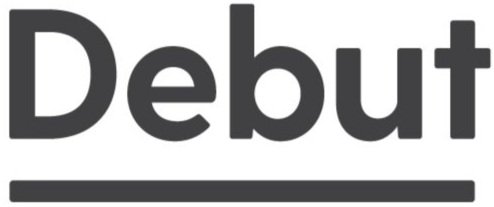Squirrel! Avoiding Distractions and Off-Tasking In Our Online Experiences.
The holiday season is coming and your community has just been placed in a lockdown. How are you going to get your shopping done? Is that store down the street still open? While your boss discusses the latest quarterly results via Zoom, you open a browser window and search for that perfect present to put under the tree. Wait, did I turn off the stove?
Joining an online meeting is easy but actively paying attention to a virtual presentation or conversation can be a challenge. To make matters worse, these meetings are becoming more frequent. While only 10 million people attended meetings on Zoom at the end of 2019, usage had exploded to 300 million by April 2020 (Morris, 2020).
It’s not just you that is taking these opportunities to multitask, we’re all doing it. Andrew Lepp and his research team conducted a study of three hundred Kent State students enrolled in both online and on-campus courses. They found that the students were 25 percent more likely to multitask when enrolled in an online course vs. the on-campus equivalent (Lepp A., 2019). The reality is that with so many distractions one click away, many of us are struggling to stay focused. But, it doesn’t stop there. Checking Facebook or email is one thing, but one Spanish politician took it to a whole other level when he broadcasted himself having a shower.
In order to continue listening to the discussion, he decided to bring his laptop into the bathroom and, in a nightmare-inducing error, minimise the video conference, in the mistaken belief that he would not be visible to his colleagues, journalists and members of the public watching on local television. – As reported by Andy Gregory for The Independent. “Politician offers to resign after showering during live video meeting” 3 July 2020
Clearly, getting in the right mindset to work and stay focused has its challenges. Going forward, let’s all agree to follow a few simple rules to make our meetings as engaging and rich as possible for everyone involved.
The Medium Is The Message
Does your camera really need to be on for your meeting? Can you handle this topic by phone, email or Slack instead? Zoom fatigue is real. We are spending countless hours trying to focus on our webcams, listening to voices distorted by disruptions and trying to interact like we do in-person. It’s causing us to seek relief by off-tasking to our own detriment. Increase the vigilance and the attention of the audience by choosing your medium to avoid Zoom fatigue.
Variety is the Spice of (Online) Life
If our vigilance is waning and our attention spans have become shorter, it’s important that we keep things fresh and varied throughout our workday. Pre-pandemic, we would have been crammed together for a day (or several days) in brainstorming sessions, conferences and teambuilding exercises. These events, while still vitally important, don’t translate well to the online experience. If the timeline allows, try breaking up activities into two-week or month-long events instead. Shorter, more frequent meetings can lead to higher engagement and less distracted attendees. Additionally, it allows participants to work independently between sessions. Studies have shown that people generate fewer ideas when they work together as a group than when they are given time to work independently and later pool their ideas (Mullen, Johnson, & Salas, 1991; Paulus, Larey, & Ortega, 1995).
Big Fish, Small Pond
If the desired outcome of your meeting is to generate discussion on a specific topic, consider this: a study in Hong Kong of an in-person course forced online by COVID-19 showed that once online, group and whole-class discussions featured longer silences and shorter student responses (Moorhouse, 2020). Combat this lack of engagement by keeping groups as small as possible and invite only those who absolutely must be in attendance. Smaller groups will encourage each participant to contribute more and play a larger role in advancing the discussion (Kerr, MacCoun, & Kramer, 1996).
Organizers should also get in the habit of calling on different people at random intervals. Once participants understand that they will likely be called on for input, they are more likely to focus intently on the conversation and avoid distraction.
Damage Control
Sometimes you just have to check that IM 25 minutes into your meeting while adding a smiley face to your Slack channel and updating a spreadsheet. Unfortunately, the reality is that you’re actually up to 40% less efficient by multi-tasking (Rubinstein, 2001). So, give the meeting the focus it deserves by closing your browser tabs before your meeting starts. Also remember that those emails and messages can wait until you’re done. (We know, it’s hard!). If all else fails, turn off your camera and mute your microphone while you attend to other tasks.
As we continue to adapt to new ways of working, we need to focus on true engagement during our meetings. By taking a few small steps to learn how we feel most connected to the content, we can more easily avoid distraction and enhance our meeting outcomes.


